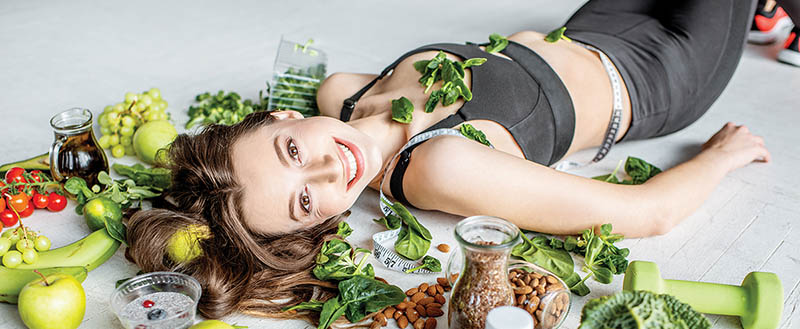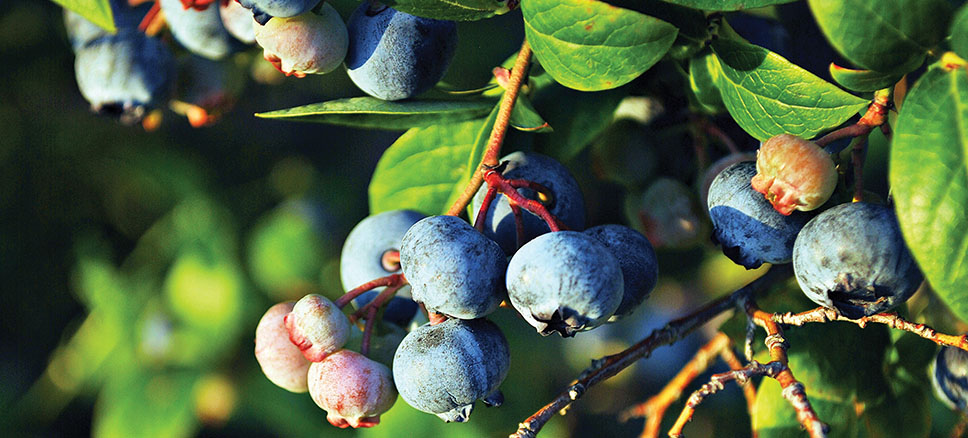
September Superfoods
We usually associate edibles with superfoods.
Of course,the ingredients we put in our body every day are essential in sustaining our well being. My definition of a superfood includes daily movement, and attention to the thoughts we think throughout the day.
Just taking five minutes away from your work desk to move and breathe deeply can recalibrate your mindset. That sounds like a superfood to me!
In September comes a wave of cool weather. The colors start to change, the air has a hint of crispness, and the aromatics of the fall harvest start to intoxicate our palate.
With the body’s divine intelligence we begin craving warmer foods. Eating with the seasons brings harmony to the body and the mind, and sustains us while we ease into autumn with our own natural flow.
With this, comes new delectable opportunities for us to keep moving toward good health with hope and excitement.
It’s the little things that help most of all. Every lifestyle choice, no matter how modest, gets noticed and celebrated by the body’s perceptiveness. If it feels hard to give up certain foods, start slowly, by adding in some nutrient rich whole foods like leafy greens, whole grains, and seasonal spices.
Consuming a colorful diversity of plant foods in your daily life, will promote a well functioning gut microbiota.This allows for a quicker and more effective response to disease-causing organisms. In turn this will create a strong immune system, to support a vibrant body.
In addition to the foods we eat, a beauty routine that leans on natural ingredients will help you look and feel good ~ without sacrificing your health.
With our skin being our largest organ, what we put on our body is paramount to our wellness.
In a culture of doing with less being, our health and the way we approach it, has become central to our way of life.
Simple Superfood Inspiration ~
Design your own superfood bowl with this savory dukkah recipe that is scrumptious on just about everything. ~ Keep it colorful, organic, when possible, flavorful, and incorporate texture by adding some crunchy bits like this delicious recipe with a superabundance of essential omega fatty acids.
To your good health…
If you are a curious cook, join me on my Radio Show ~ “A taste for All Seasons”
We explore the world of food, with the philosophy of eating with the seasons.
And… as always, l will be sharing cooking tips, seasonal shortcuts and kitchen essentials that will make your life easier in the kitchen.
Visit: A Taste for All Seasons Show Page @ WPVMFM.ORG. and listen to the August 28th show, at 11am, for a delicious conversation with Dairy Farmer Andrea Vangunst of Grassroots Farm.
It airs on the last Saturday of every month at 11 am, on WPVM FM 103.7 in Asheville, NC.
Laurie Richardone is a seasonal gluten free chef and certified health coach. For more information, visit LaurieRichardone.com




